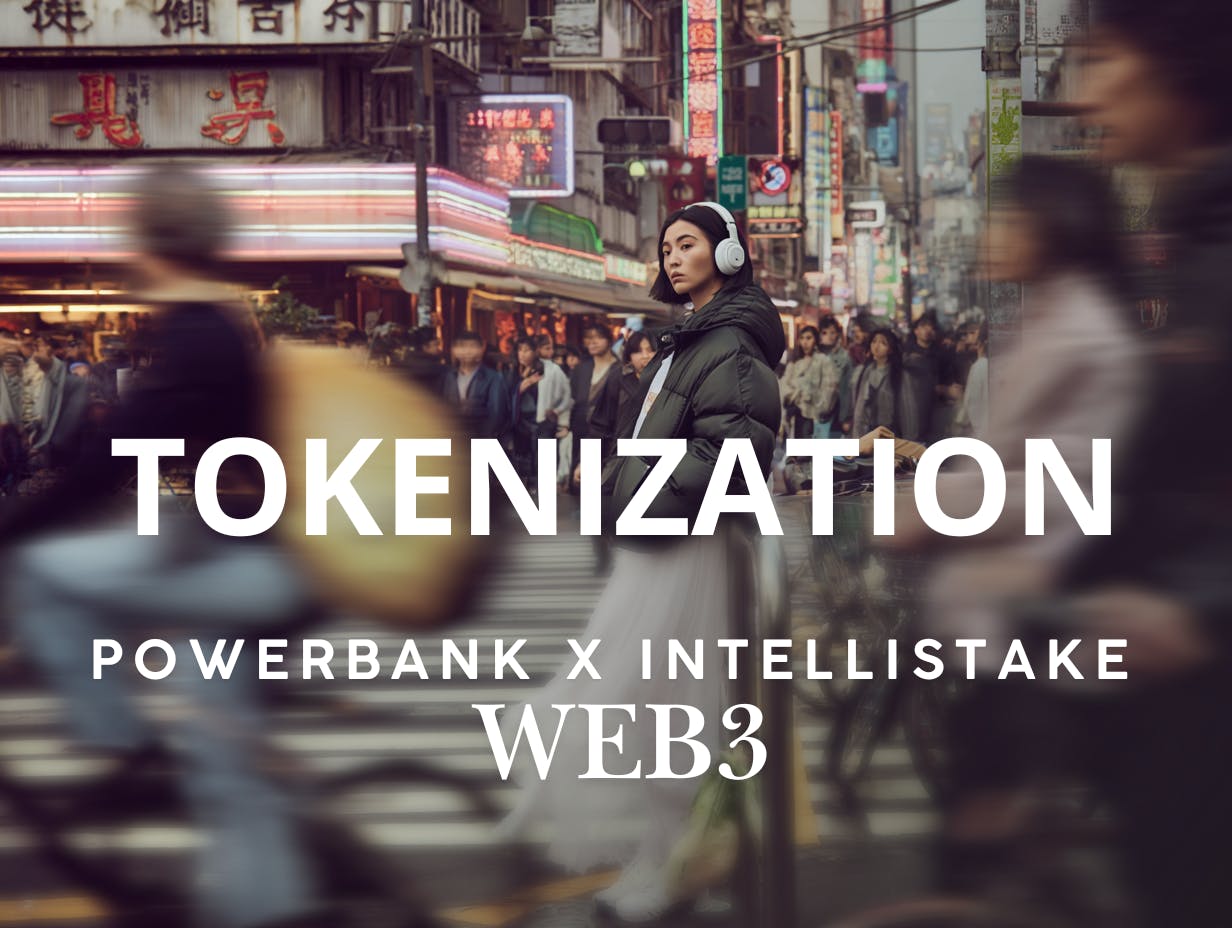Why PowerBank and Intellistake Are Betting on Bitcoin and Tokenized Energy

Is Bitcoin the new corporate treasury asset? And can energy infrastructure be digitized into tradeable tokens? These are the questions raised by the recent strategic alliance between PowerBank and Intellistake Technologies Corp. At the heart of this collaboration lies a larger inquiry: what happens when a clean energy firm and a decentralized AI infrastructure company decide to rewire how value is stored and deployed?
The partnership between PowerBank (Nasdaq: SUUN), a clean energy infrastructure company formerly known as SolarBank, and Intellistake (CSE: ISTK), a company focused on digital asset infrastructure and decentralized AI, is attempting to create new pathways in how businesses interact with cryptocurrencies and real-world assets (RWAs). The agreement focuses on three core initiatives: a Bitcoin treasury program, digital asset custody and management, and the potential tokenization of physical energy infrastructure.
What is a Bitcoin Treasury Program and Why Are Companies Using It?
Bitcoin treasury programs involve companies allocating a portion of their balance sheet to Bitcoin, treating it as a reserve asset much like traditional commodities such as gold. The rationale is simple: fiat currencies lose purchasing power over time due to inflation, while Bitcoin, with its fixed supply of 21 million units, may retain or increase in value over time.
Under this partnership, PowerBank will begin accumulating Bitcoin, with Intellistake offering custodial and treasury management services. Meanwhile, Intellistake will accumulate tokens aligned with decentralized AI networks such as Fetch.ai’s FET token.
This approach mirrors a growing trend among public and private companies. In 2020, MicroStrategy famously shifted a significant portion of its corporate treasury into Bitcoin, citing monetary debasement as a key risk to shareholder value. PowerBank’s decision to adopt a similar strategy indicates a broader institutional shift towards digital assets, particularly those with built-in scarcity and decentralized control.
According to Richard Lu, CEO of PowerBank,
“This partnership is about more than collaboration, it’s about setting the pace for a shift in how companies manage capital and assets.”
The move suggests a redefinition of what corporate balance sheets can look like in an era where both energy and data are becoming tokenized.
Understanding Tokenized Energy Infrastructure
Tokenization refers to the process of converting real-world assets into digital tokens that live on a blockchain. These tokens can represent anything: equity, debt, real estate, or, in this case, physical infrastructure such as solar farms or energy storage systems.
Tokenized energy assets could, in theory, allow investors to purchase fractional ownership in a power plant, trade energy production rights on secondary markets, or even collateralize renewable infrastructure to raise capital. This would significantly reduce the friction typically associated with infrastructure financing, especially for decentralized energy production models.
Jason Dussault, CEO of Intellistake, noted:
“Tokenization is no longer a concept—it’s an inevitability.”
He positions the partnership as a natural evolution of both firms’ core competencies: PowerBank’s access to scalable energy projects and Intellistake’s expertise in digital custody and blockchain compliance.
However, the companies have not yet finalized the structure or regulatory approvals needed for these tokenized products. As stated in the announcement, “Any tokenization will be subject to it being completed in compliance with applicable law, regulatory requirements and terms of any underlying agreements.”
Navigating Risk in Emerging Digital Asset Markets
While the ambitions are high, Intellistake is clear about its current stage: the company has not yet begun acquiring digital assets or deploying validator and staking operations. It remains in early development, having just completed its change of business and begun execution on its new strategic roadmap.
This transparency is necessary. As recent history has shown, digital assets are volatile. They are also subject to intense and often evolving regulatory scrutiny. Intellistake acknowledges that “historical performance of digital assets is not indicative of their future performance,” a disclaimer often overlooked in overly promotional sectors of the industry.
The regulatory conversation is especially relevant to tokenized RWAs, where jurisdiction, asset rights, and security classifications will differ across regions. Legal compliance will be crucial if PowerBank intends to turn solar arrays or battery banks into digital products that investors can buy and sell globally.
The Real Signal in a Noisy Market
The crypto sector is filled with announcements that feel like buzzword cocktails. This one is different. The Intellistake-PowerBank deal does not claim that tokenization will solve energy poverty or that Bitcoin will single-handedly fix the global economy. Instead, it lays the groundwork for a practical, compliance-aware shift toward integrating digital assets into traditional finance and infrastructure.
There are important caveats. Neither company has implemented the tokenization plan yet, and actual asset purchases or deployments have not begun. The roadmap is contingent on legal clearance, market conditions, and execution capacity. But that also makes it worth watching. When institutional players start with caution, it often signals a move beyond hype into operational groundwork.
If the tokenization of energy infrastructure becomes real, it could offer new capital markets for climate tech. If Bitcoin becomes a corporate asset class, it could reshape how treasury decisions are made. Both shifts require operational patience and legal rigor.
Don’t forget to like and share the story!
This author is an independent contributor publishing via our